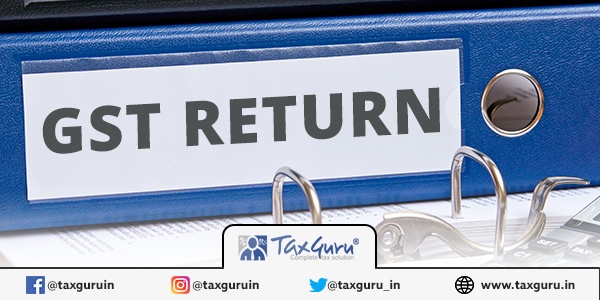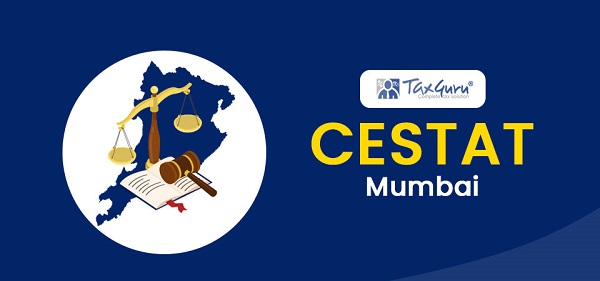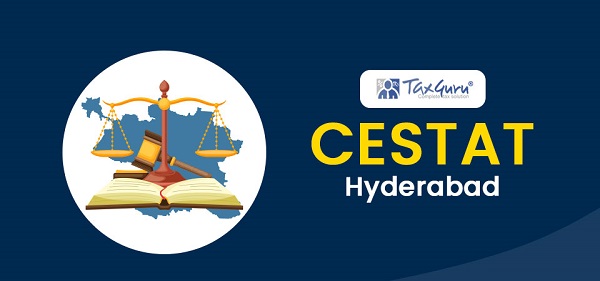This year, CBDT has introduced the new IT return forms within time which are applicable for the FY 2018-19 and amended the income-tax rules which will not only bring more transparency but also help in automatically validating or cross-checking the income and other details that the tax authorities may have from other sources.
Looking at the CBDT’s focus on tightening the compliances, taxpayers are required to take note of the changes introduced in the forms and ensure that they will provide the complete details with due diligence to avoid any questioning from the authorities at a later stage.
A snapshot of the changes regarding filing of ITR Forms can be summarized as follows:
1. ITR Form – 1 (SAHAJ Form):
ITR Form – 1 can be filed only by the following residents & ordinary resident (ROR) persons i.e.
(a) Whose total income does not exceed Rs. 50 lakhs;
(b) Who is not a director in a company;
(c) Who is not holding any unlisted equity shares;
(d) Who is not assessable in respect of other person’s income on which tax has not been withheld.
(e) Who has not claimed any deduction against “income from other sources” (other than family pension)
2. ITR Form – 4 (SUGAM Form):
ITR Form – 4 can be filed only when the ROR taxpayer has taxable income on presumptive basis and does not fall in the conditions as defined in Point no (a) to (d) of point no. 1.
Further in respect of the following categories, additional details have been required which is as follows:
1. Residency Details: In ITR-2, an individual will be required to provide details of residency status i.e. whether in FY 2018-19, he was resident, resident but not ordinarily resident or non-resident individual. He will be required to specify that he was in India for 182 days or more during the previous year [section 6(1)(a)] or he was in India for 60 days or more during the previous year and has been in India for 365 days or more within the 4 preceding years. [section (6)(1)(c)]
If an individual is qualifying as NR of India and resident of other country, if any, he is required to report the jurisdiction of residence and Taxpayer identification number. Further in case of OCI/PIO, actual stay details in India also need to be provided.
2. Salaried Employee: Exempt allowance to be shown separately along with the bifurcation for deductions claimed u/s 16 of the IT Act, 1961. TAN of employer mandatory required to be reported in ITR 2 and ITR 3.
3. Income from House Property: This disclosure regarding deemed let out property has been introduced to identify cases where rental income has been offered on a notional basis. Further, the assessee is also required to quote PAN/TAN of the tenant
4. Capital Gain: Prescribed details of buyer need to be provided in case of transfer of any immovable property in ITR Form 2 & 3.
5. Exempt income: In ITR form 2 & 3, additional details in case of agricultural income is required to be reported, such as name of the district with pin code, measurement of agricultural land, whether owned/leased, whether irrigated or rain-fed under the “exempt income schedule”. In addition, reporting of income not chargeable to tax under the tax treaty is required to be disclosed in this schedule.
6. Pass-through Income: Separate columns have been introduced in ITR Form 2 & 3 to report pass-through income in the nature of house property, capital gains and income from other sources.
7. Foreign Assets: Column A, which deals with the details of foreign bank account in ITR Form 2 & 3, has been reframed to include the details of foreign depository account, foreign custodian accounts, foreign equity and debt interest, foreign cash value insurance contract or annuity contract etc.
The details about the overseas tax residency etc from Non-Residents will help to validate treaty relief availed by such taxpayers in India. OCI/PIO individual claiming NR status in their India tax returns should carefully track the no. of days they stay in India and provide accurate details in the return form. Such details can now easily be cross-validated with the record already available with the immigration authorities which has also adopted the automation route in their working and have details of individual’s visit in India. A tighter control will be put on foreign income-escaping cases.
In summary, it can be said that by introduction of the small changes, CBDT is trying to achieve big goals which will provide more transparency & automation and less manual intervention.
Also Read-
Quick Analysis of Income Tax Forms Released for AY 2019-20
Rule 12 of Income Tax Rules wef 1st April 2018 related to ITR of AY 2019-20
























Is Aadhar Card mandatory for NRO A/c holders ?
Pass through income is income when back to back expense is also booked and it actually not hit to your P/L account.
What is a Pass Through Income? Thanks.
For income from other sources which form is applicable?